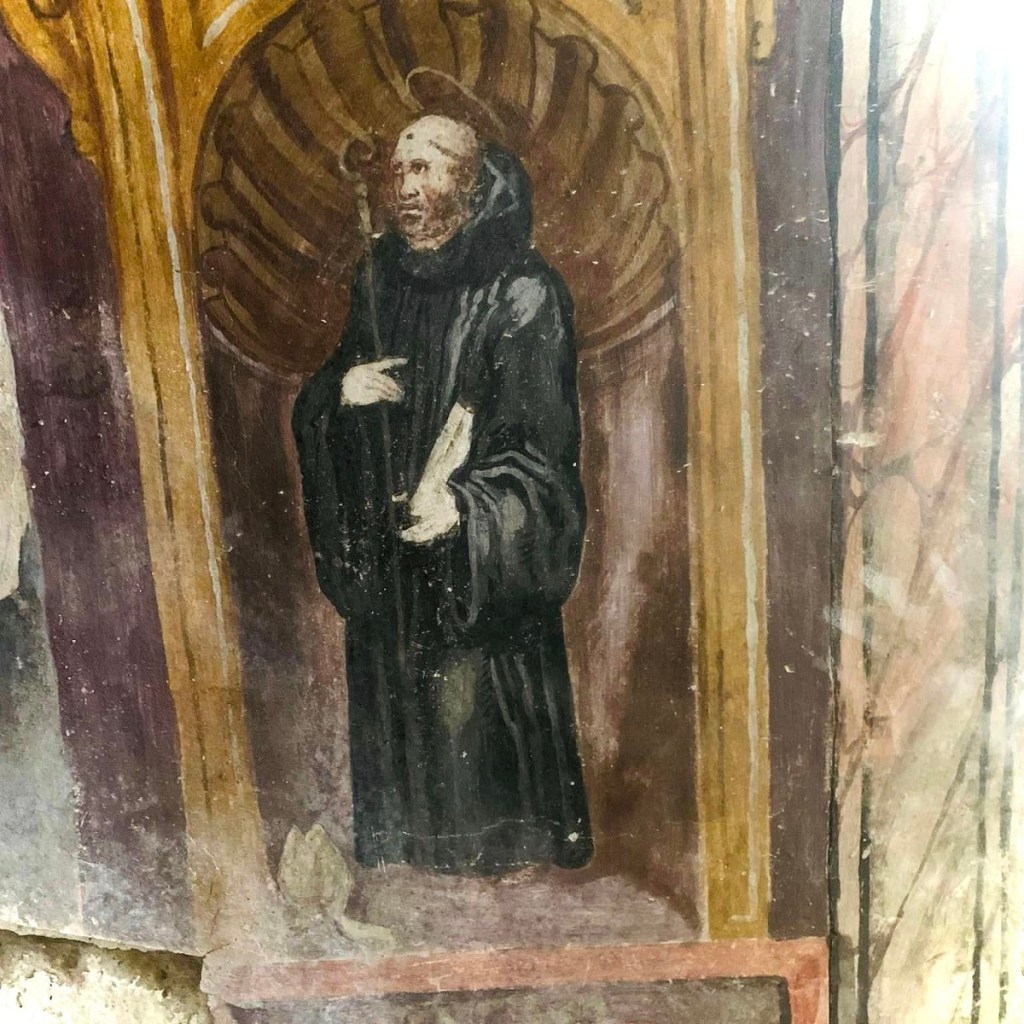From the famous sculpture of the “Veiled Christ’‘ to St. Clare’s monastery, Naples is a treasure trove of Catholic masterpieces. Even buildings that now host non-religious activities often have a Catholic past. This is the case with the State Archive building, hosted on the premises of a former Benedictine monastery dedicated to St. Severinus of Noricum and St. Sosius, two local saints.

The monastery was built in 846 in Naples’ historic city center and for centuries was home to a thriving community of Benedictine monks. In 1799 the monks were expelled and the monastery turned into a weapons warehouse by order of Cardinal Fabrizio Ruffo, who ruled over Naples at the end of the 18th century.
In 1848 the newly founded States Archive, hosting thousands of public documents from medieval medical treatises to 15th-century notary deeds, was transferred inside the former Benedictine monastery by order of Joachim Murat, a French general who ruled Naples during Napoleonic occupation.

Today, the State Archive is a government building but its monastic past is revealed by its beautiful cloister and its rich selection of artworks, including a series of frescoes by Renaissance master Antonio Solario featuring key moments of the life of St. Benedict. A few months ago, restoration works started to freshen up some of the building’s walls.
During a regular clean up, workers realized that something unusual was emerging beneath a wall in one of the archival rooms. What at first looked like some old paint turned out to be a perfectly preserved 16th-century fresco. The fresco, depicting a Pieta scene with Mary holding the corpse of Christ, used to adorn one of the walls of a previously unknown chapel. Further works unveiled two other frescoes, decorating the two adjacent walls, featuring St. Severinus of Noricum and St. Sosius.
The State Archive’s artistic director shared the news of the discovery on Facebook along with photos of the newly found frescoes. “It was a real discovery; we had no idea that the chapel was there,” said Luigi La Rocca, a state archeologist working for the Naples municipality. “Now we will perform research on the frescoes to date the chapel more accurately.”

The chapel, believed to date to the 16th century, will probably become yet another stop on Catholic tourists’ radar. “This extraordinary discovery shows us a glimpse of Naples during the Aragon Kingdom and will become a new gem for the many tourists that come to our city,” Naples mayor Gaetano Manfredi, said in an interview.



